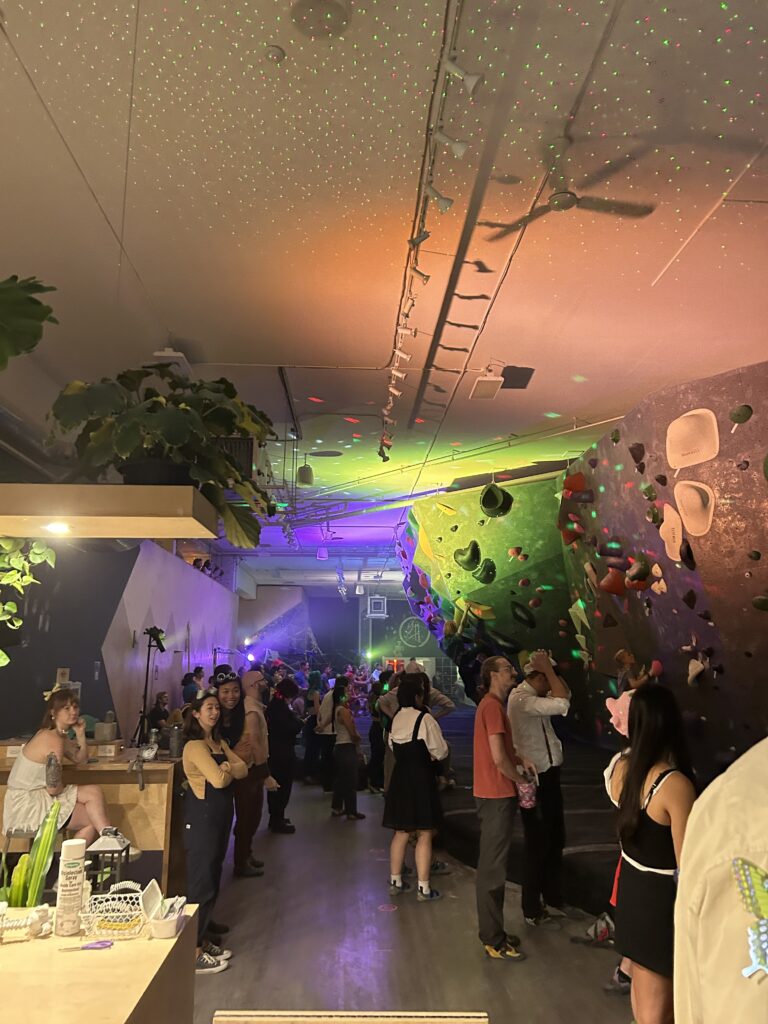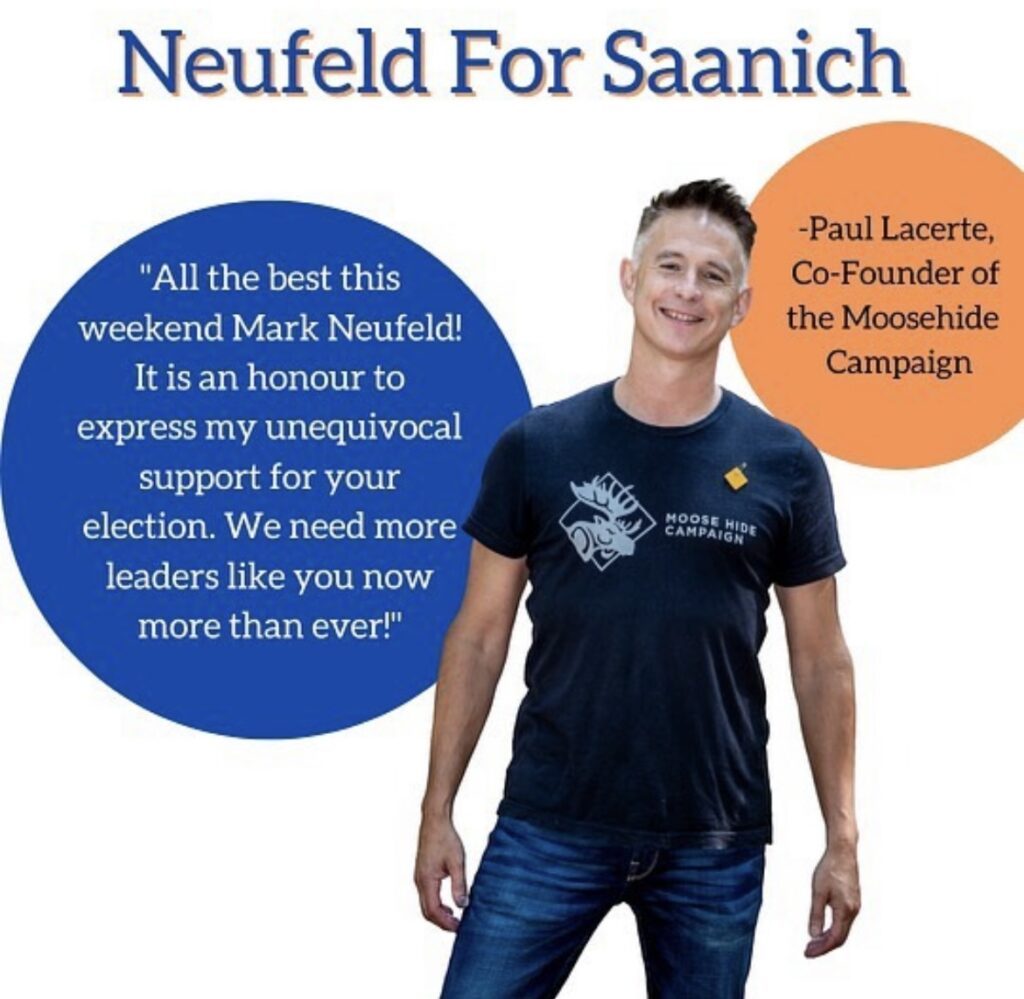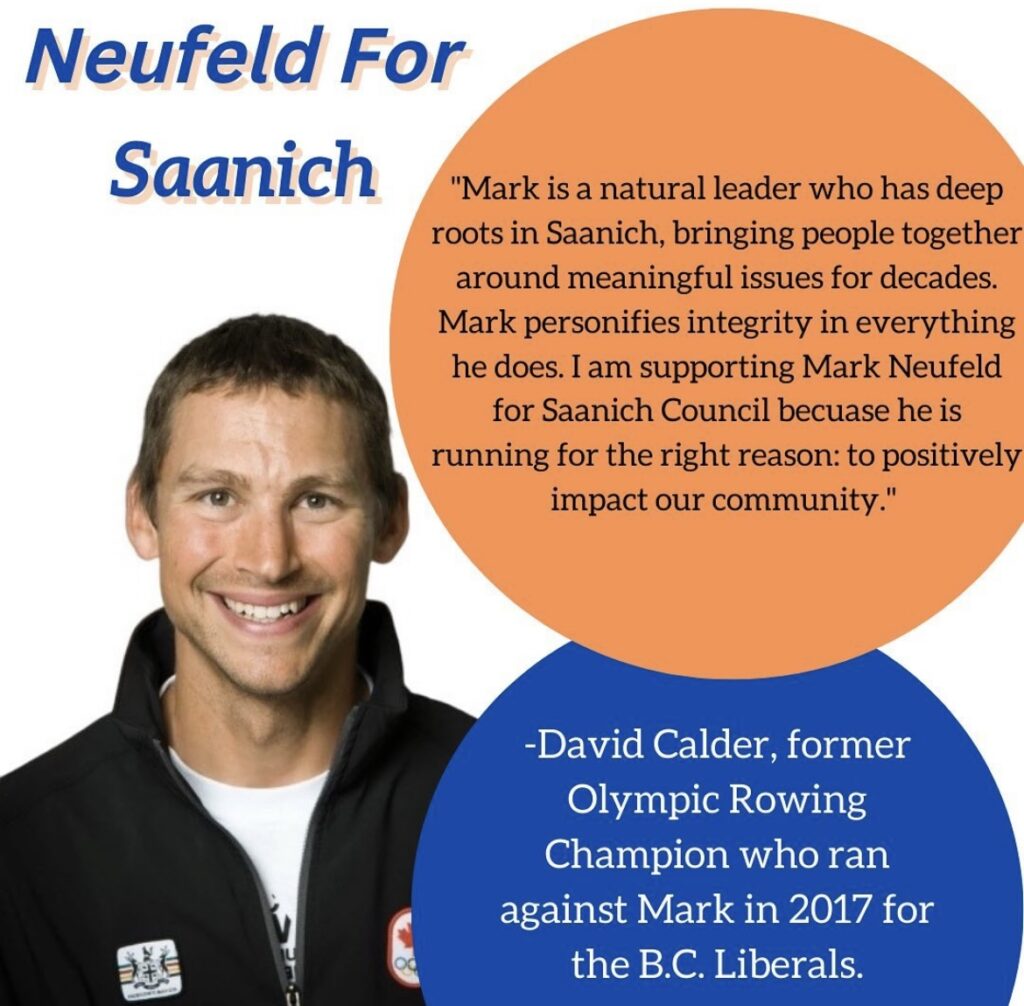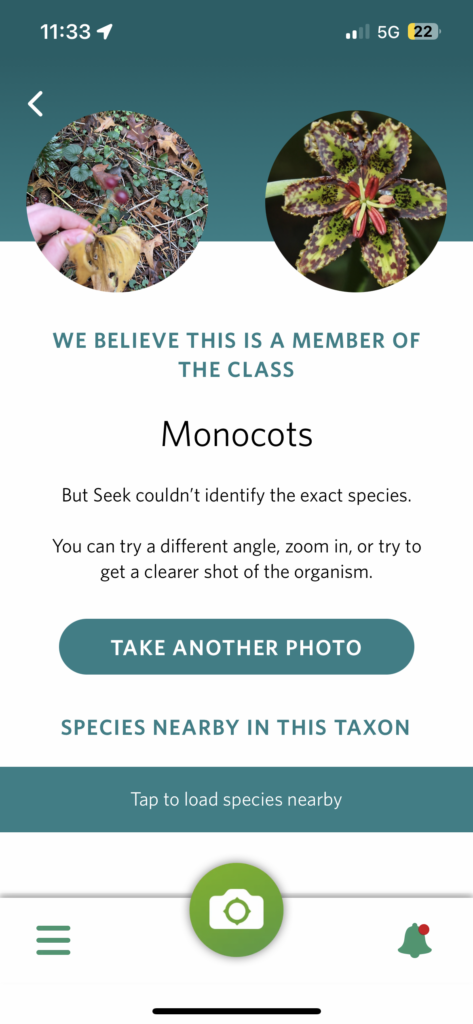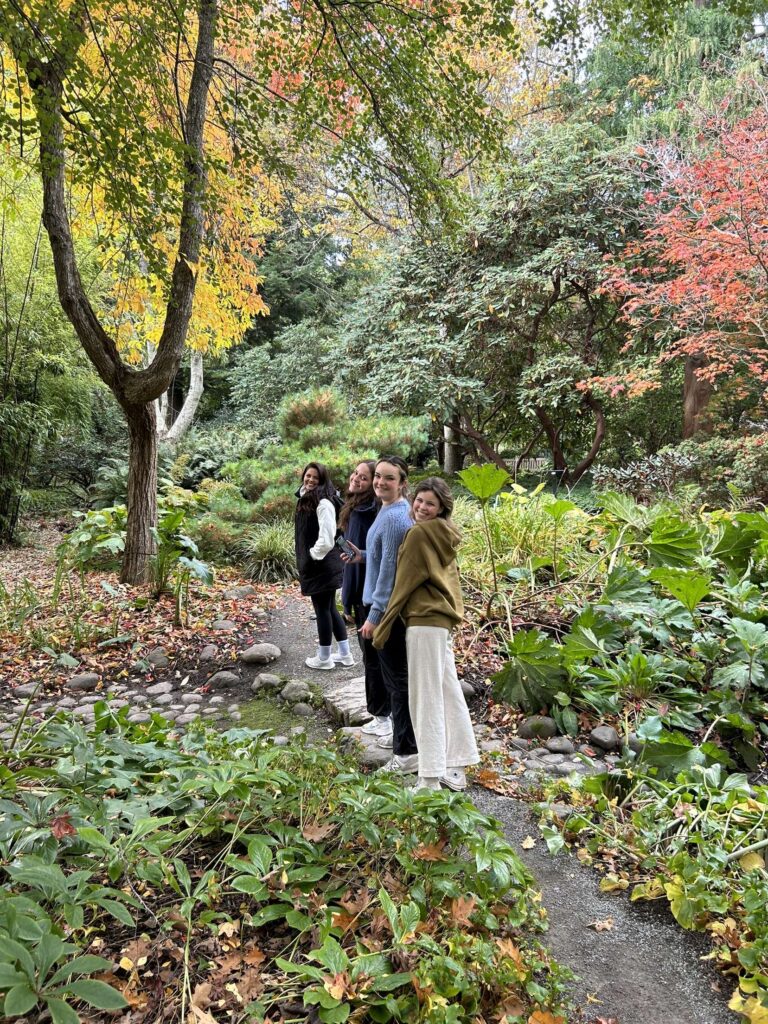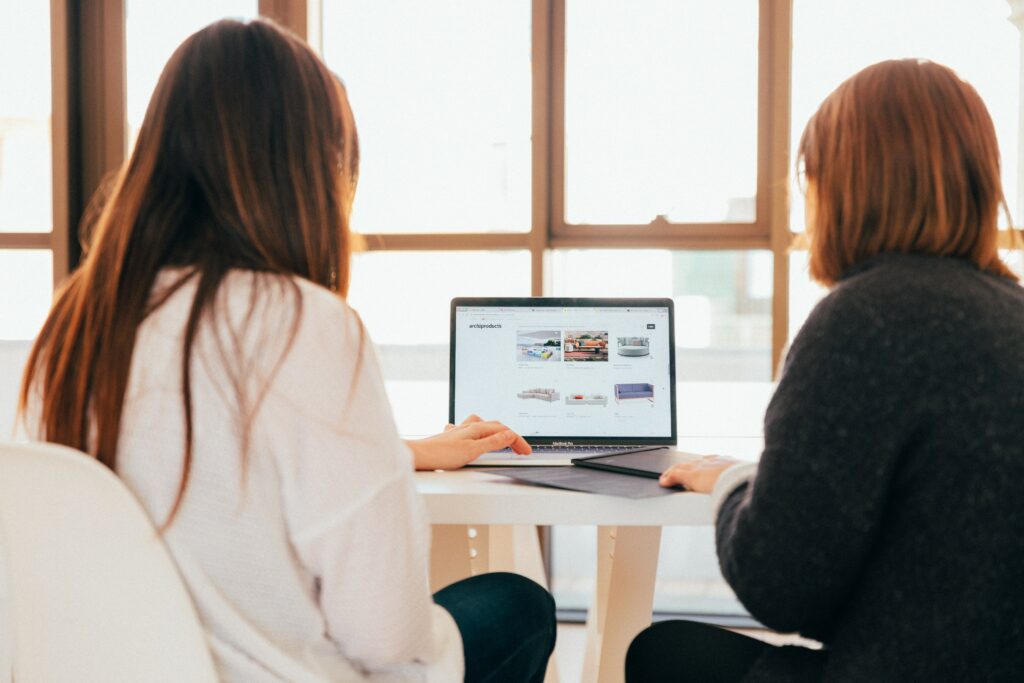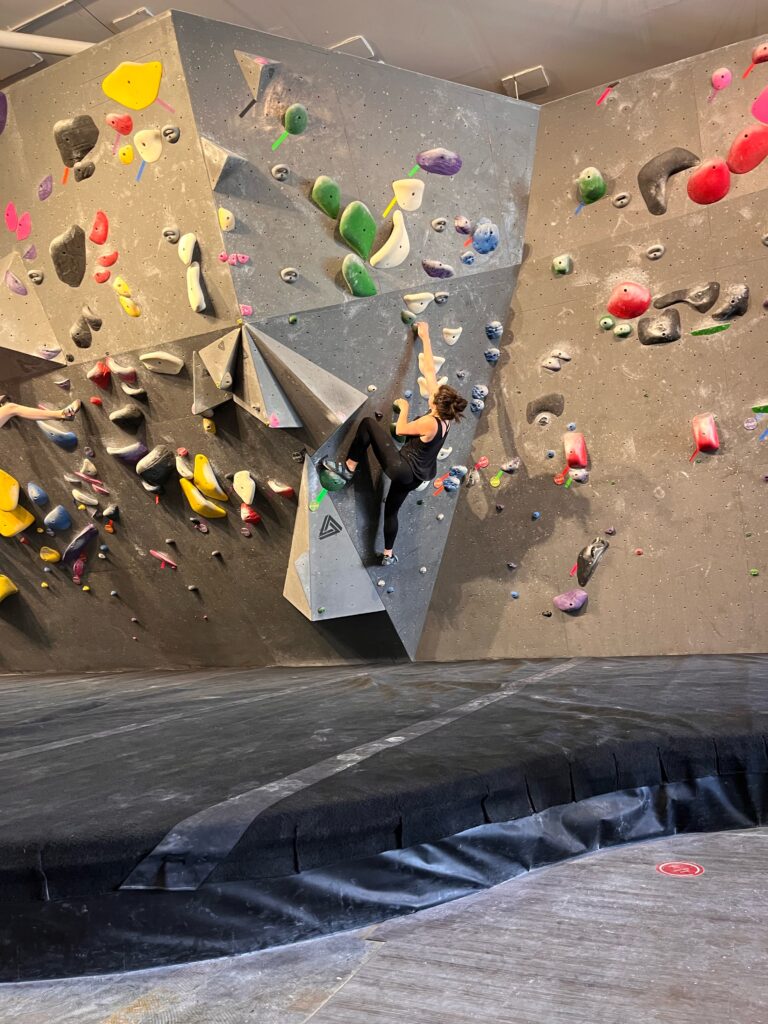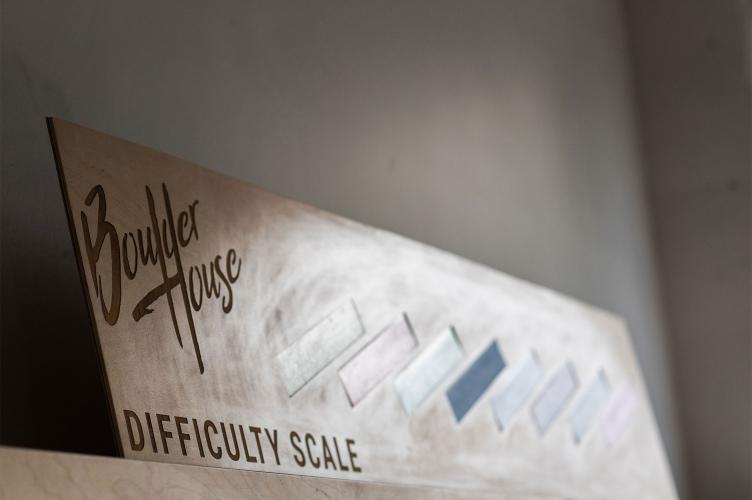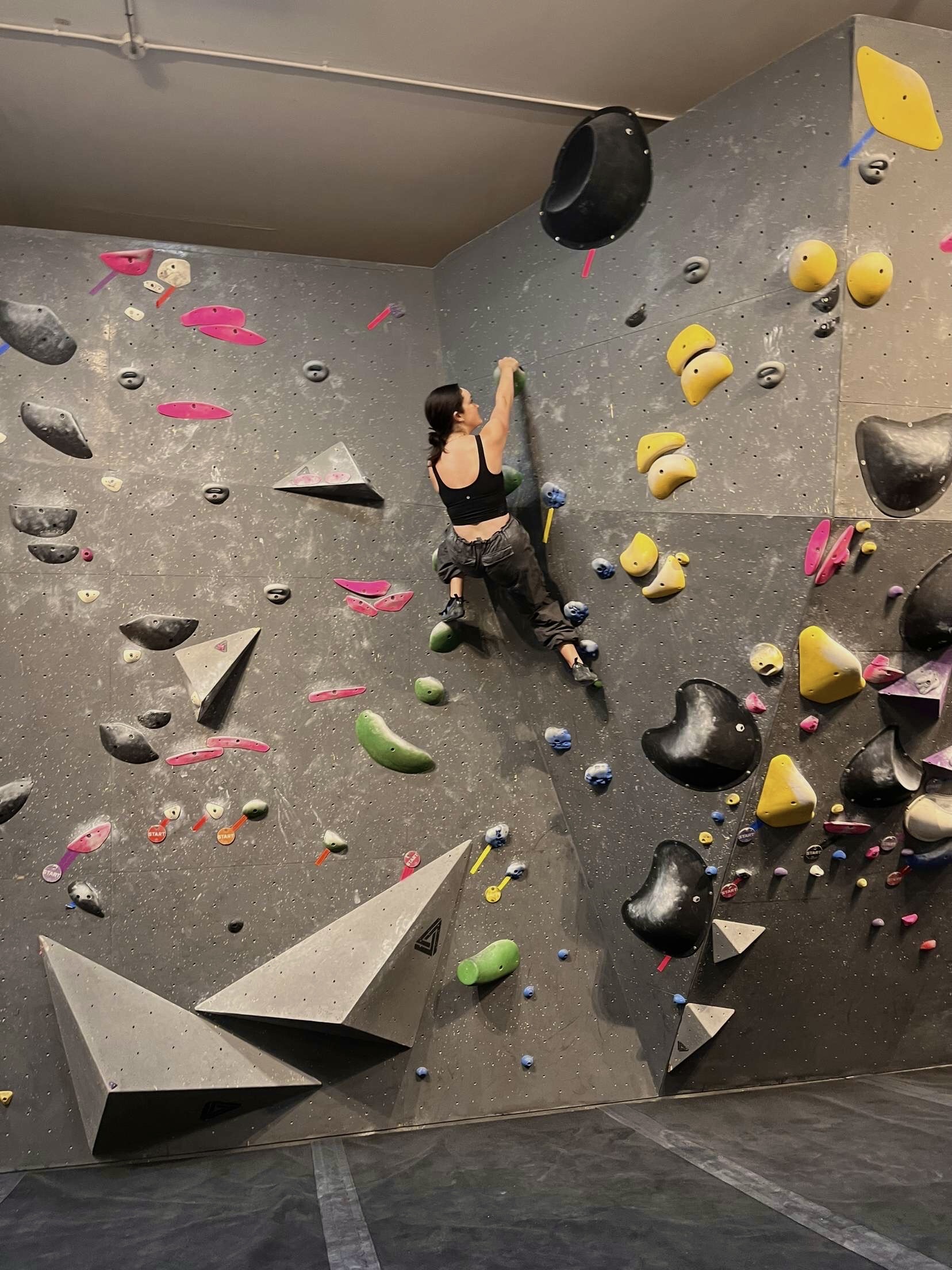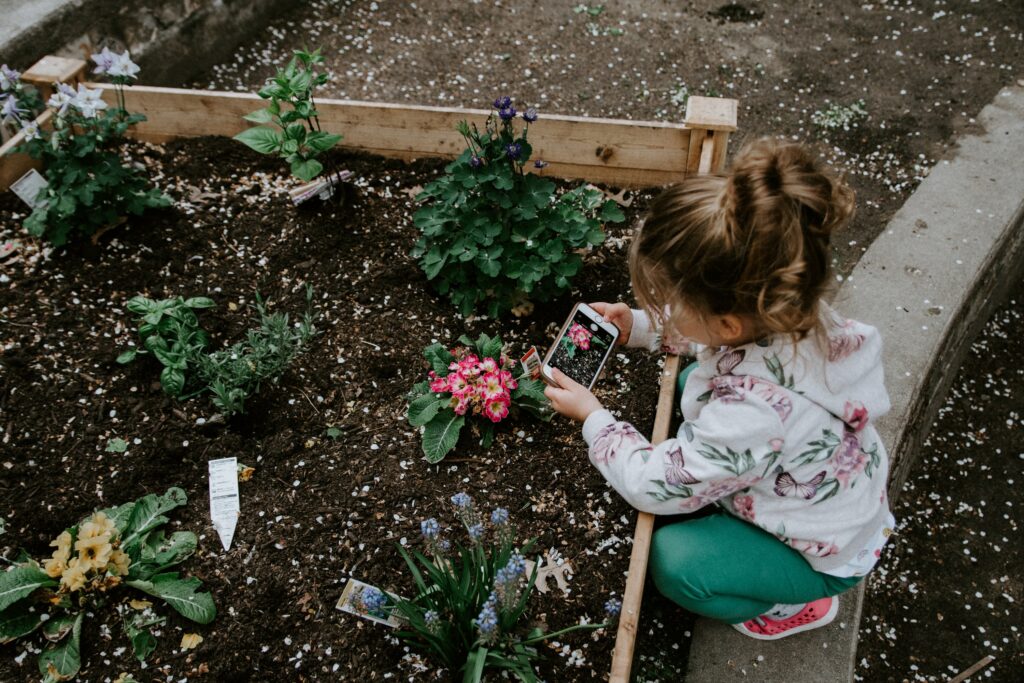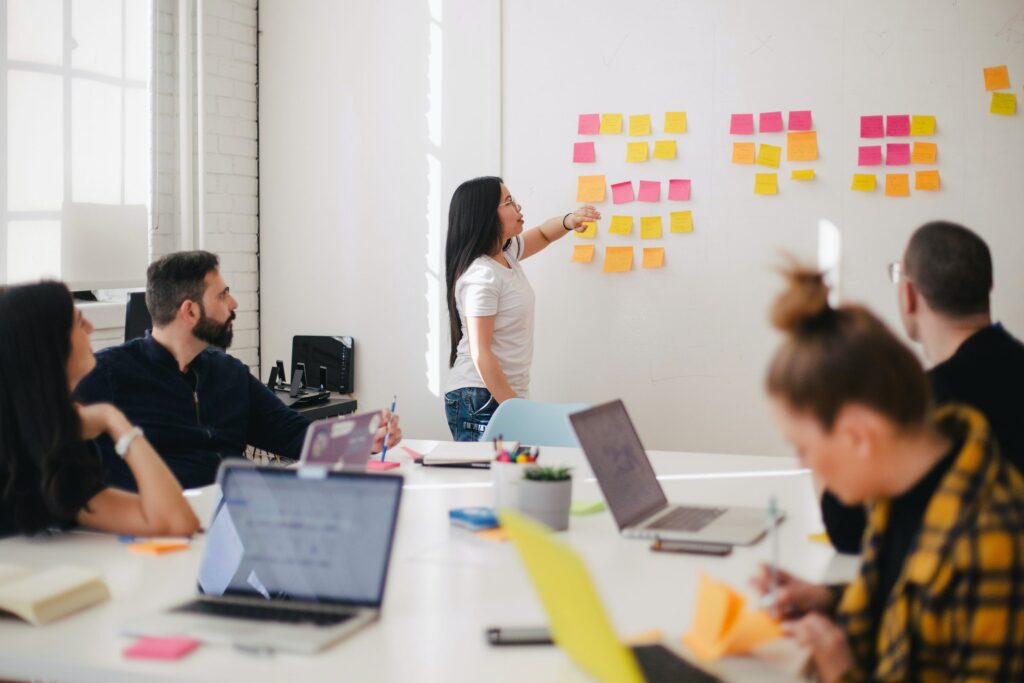Hello! This is my midterm post for EDCI 306A with Dr. Hector Vazquez. I chose to do the flute for a few reasons:
Rekindle my love for the flute/music: I played the flute for 3 years back in middle school from grades 6-8 and grew to really love it. I’ve grown up as a dancer and so music has always been a big part of my life. I enjoy listening to music in my spare time, while I study or workout. In grade 6 when I first started learning, I felt it was a chore to practice my skills at home. As time went on I started feeling more encouraged to improve and learn new songs. My good friend Kate also played the flute in the band so we enjoyed practicing together at recess and learning songs that were popular at the time. Music become one of my passions and it taught me skills that I carry with me to this day.
Challenge myself to learn individually: In band, of course we had a band teacher who led us through learning our instruments. Other resources that helped us included peer support, band teachers and online music theory books. With all these tools, learning a brand new instrument was a supportive process. With this project for EDCI 306, it is pretty individual journey. We do have each other as support especially if you can find someone who chose the same instrument. Hector is also available to support us throughout our journey but it is different than having a set class to learn instruments in a band setting.
Use my previous skills from middle school: I chose the flute because starting to learn an instrument from no prior knowledge is quite hard. Learning the mouthing techniques (embouchure) is a hard skill to pick up but once learned it sort of stays with you, similar to the idea of riding a bike! Even though I stopped being in band in grade 9, I still wanted to keep learning new songs and improve my technique. The skills I had back then are slowly coming back to me which I am glad about. I hope to find my passion for learning the flute like I did in middle school!

The goals I had set in my music goal sheet from back in September were: know the scale, understand notes on sheet music associated with the letter notes, practice some simple songs; twinkle twinkle, hot cross buns. I succeeded in most of these areas as my prior knowledge from middle school band helped me out. The aspect that I fell short in was understanding music on sheet music while playing a song. Even though I was working on very simple songs, I did take a look at more complex songs just to see some sheet music but I had a hard time actually reading it. For the next month, I hope to focus more on reading sheet music and practicing that skill. As for knowing the scale, I did this successfully with the help of some graphics I found online. I googled “flute notes with fingering” and this provided some really helpful images.
Here are some examples:
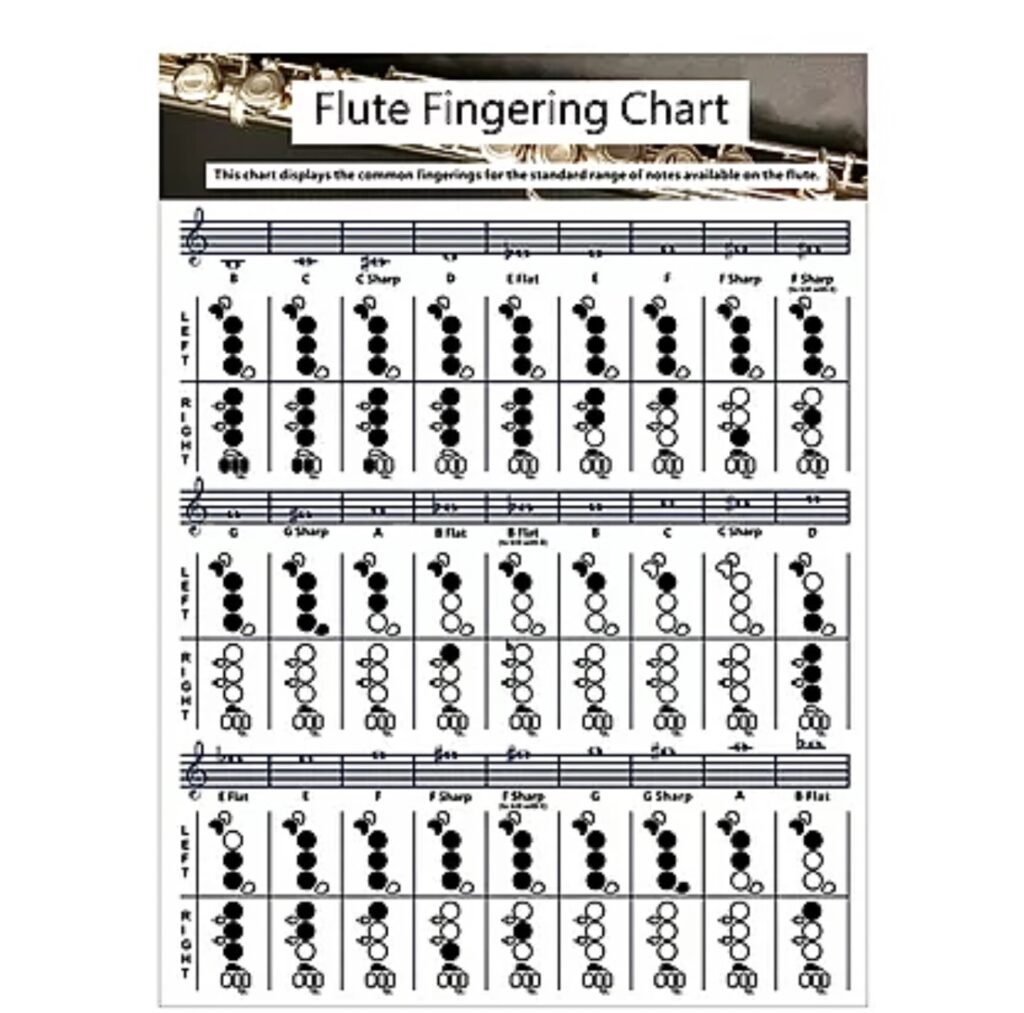
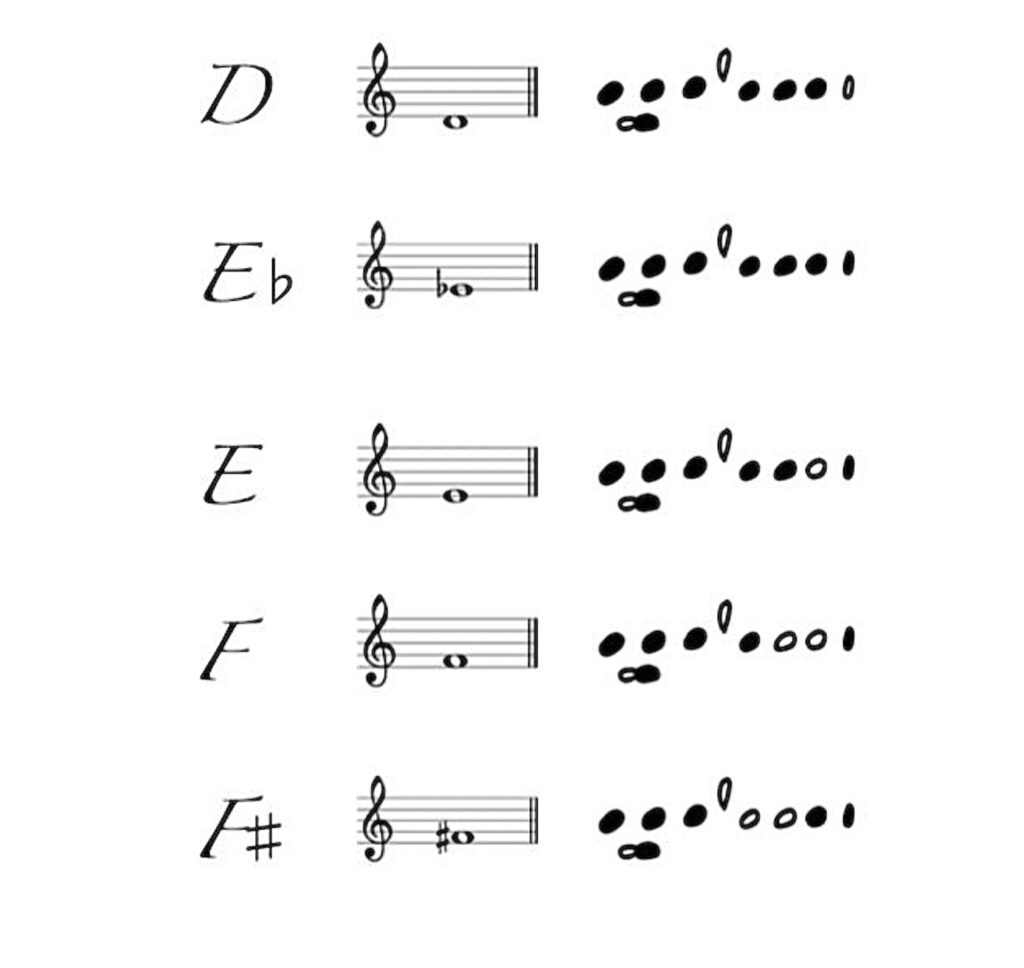
Here are some videos of what I worked on September/October:
Hot cross buns:
Twinkle twinkle little star:
Scale:
My plan to achieve my future goals:
Now that the midterm point has been reached, I need to make sure I follow the rest of my plan to reach my next goals. From now on I need to start practicing my simple songs with the sheet music without writing the letter notes associated with each note on the staff. I hope to achieve the ability of playing these songs fluently without needing to take too many breaths or pausing/stumbling. Once I feel fairly confident with these songs, I will then start practicing my longer song. I have chosen to do uptown funk by Bruno Mars. I learned this song back in grade 7 (almost 7 years ago!) so I hope to regain the ability to play this fun song! I used a YouTube video in the past so that is once again my plan and then use the sheet music to read it as a play.
For the next month, I need to set more of a schedule for myself and set specific times to practice. I defiantly neglected practice time and should’ve been more strict with myself and make sure I get enough time at home to practice. I look forward to continuing my journey with the flute and am excited to keep growing as a musician! Thanks for reading!
